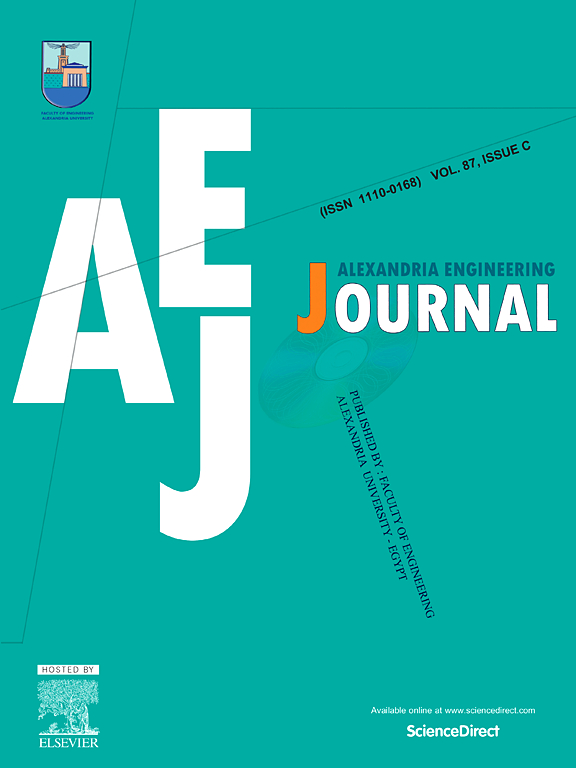Reaction time driven profiling of traffic flow with intelligent vehicles
IF 6.2
2区 工程技术
Q1 ENGINEERING, MULTIDISCIPLINARY
引用次数: 0
Abstract
This paper addresses the critical need to characterize traffic flow driven by the reaction time of evolving Intelligent Vehicles (IVs). Macroscopic traffic models play a vital role in understanding traffic conditions, however, the IVs behavior is ignored. Thus, a new traffic model for IVs based on safe reaction velocity, reaction time, and braking time is proposed, incorporating the IVs reaction times. The findings demonstrate a trade-off between the reaction time and braking time, significantly explaining traffic dynamics. Specifically, reducing the reaction time improves traffic operations. Results from three distinct traffic scenarios highlighted the significance of reaction time in shaping traffic safety. In the first scenario, smoother traffic flow demonstrates the impact of reaction time on safety. The shorter reaction time showed improved outcomes. In the second scenario, changes in traffic patterns near the ramp highlighted the importance of smaller reaction times in mitigating safety risks. In the third scenario, chaotic traffic conditions emphasized the role of reaction time in ensuring overall safety. The proposed traffic model offers a more realistic characterization of traffic flow. By understanding the relation between reaction time and braking time, this approach contributes to the development of safer and more efficient automated traffic mobility.
以反应时间为导向的智能车辆交通流特征分析
本文论述了描述由不断进化的智能车辆(IVs)的反应时间驱动的交通流的关键需求。宏观交通模型在理解交通状况方面起着至关重要的作用,但 IVs 的行为却被忽视了。因此,我们提出了一种基于安全反应速度、反应时间和制动时间的新型智能车交通模型,并将智能车的反应时间纳入其中。研究结果表明,反应时间和制动时间之间存在权衡关系,这极大地解释了交通动态。具体来说,缩短反应时间可以改善交通运行状况。三种不同交通场景的结果凸显了反应时间在影响交通安全方面的重要性。在第一个场景中,更顺畅的交通流证明了反应时间对安全的影响。反应时间越短,结果越好。在第二种情景中,匝道附近交通模式的变化凸显了较短反应时间对降低安全风险的重要性。在第三个场景中,混乱的交通状况强调了反应时间在确保整体安全方面的作用。所提出的交通模型提供了更真实的交通流特征。通过了解反应时间和制动时间之间的关系,这种方法有助于开发更安全、更高效的自动交通系统。
本文章由计算机程序翻译,如有差异,请以英文原文为准。
求助全文
约1分钟内获得全文
求助全文
来源期刊

alexandria engineering journal
Engineering-General Engineering
CiteScore
11.20
自引率
4.40%
发文量
1015
审稿时长
43 days
期刊介绍:
Alexandria Engineering Journal is an international journal devoted to publishing high quality papers in the field of engineering and applied science. Alexandria Engineering Journal is cited in the Engineering Information Services (EIS) and the Chemical Abstracts (CA). The papers published in Alexandria Engineering Journal are grouped into five sections, according to the following classification:
• Mechanical, Production, Marine and Textile Engineering
• Electrical Engineering, Computer Science and Nuclear Engineering
• Civil and Architecture Engineering
• Chemical Engineering and Applied Sciences
• Environmental Engineering
 求助内容:
求助内容: 应助结果提醒方式:
应助结果提醒方式:


